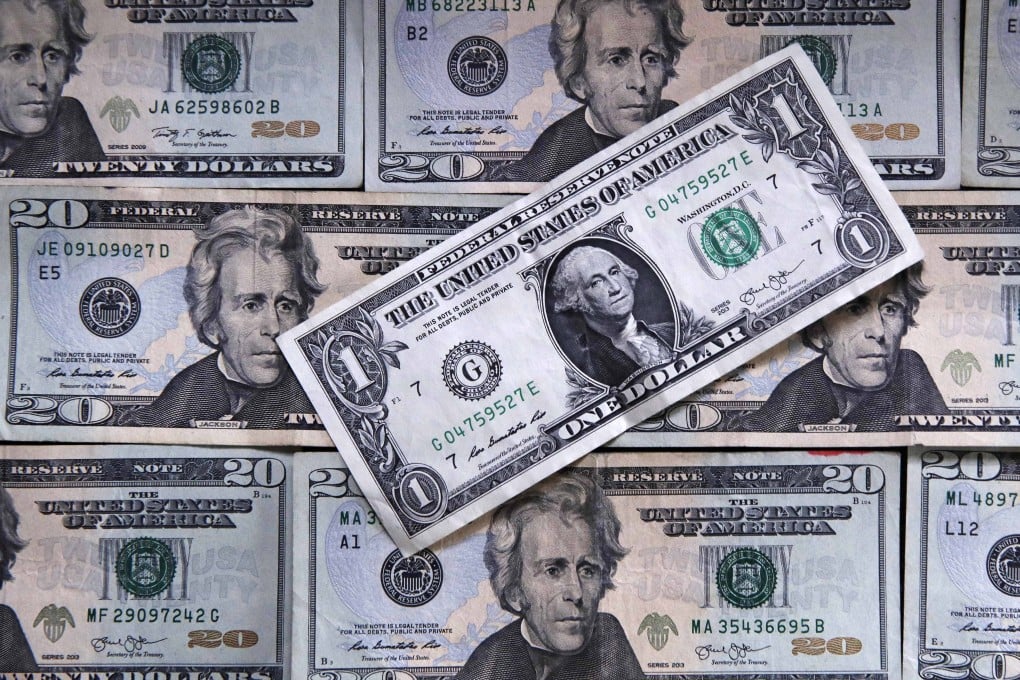China gives up two of its best-kept forex reserve secrets
- The country’s holdings of foreign currency generated an annual average return of 3.68 per cent from 2005 to 2014
- By the end of 2014, US dollar assets accounted for 58 per cent of China’s total foreign exchange reserves, down from 79 per cent in 2005

China has for the first time disclosed its return on investment of its foreign exchange reserves and the share of US dollar-denominated assets in the stockpile.
Foreign exchange reserves generated an annual average return of 3.68 per cent from 2005 to 2014, according to the 2018 annual report released by the State Administration of Foreign Exchange (Safe) on Sunday. The agency did not provide more recent figures.
By the end of 2014, US dollar assets accounted for 58 per cent of China’s total reserves, down from 79 per cent in 2005, the administration said, adding that the share of the assets in the US currency was lower than the global average of 65 per cent in 2014.
“The currency structure of China’s foreign exchange reserves has been increasingly diversified, and it is more diversified than the international average,” it said.
The currency structure of China’s foreign exchange reserves has been increasingly diversified, and it is more diversified than the international average
China’s holding of US dollar assets, especially US Treasury bonds, is often seen as leverage by Beijing in its broad rivalry against Washington, raising debate over whether China could “dump” its holdings of US assets to disrupt US financial markets – a suggestion Beijing has repeatedly rejected.
If the US dollar’s share had remained steady at 58 per cent, China would be sitting on about US$1.8 trillion worth of US dollar assets as the end of June, based on China’s US$3.12 trillion in forex reserves as of the end of June.